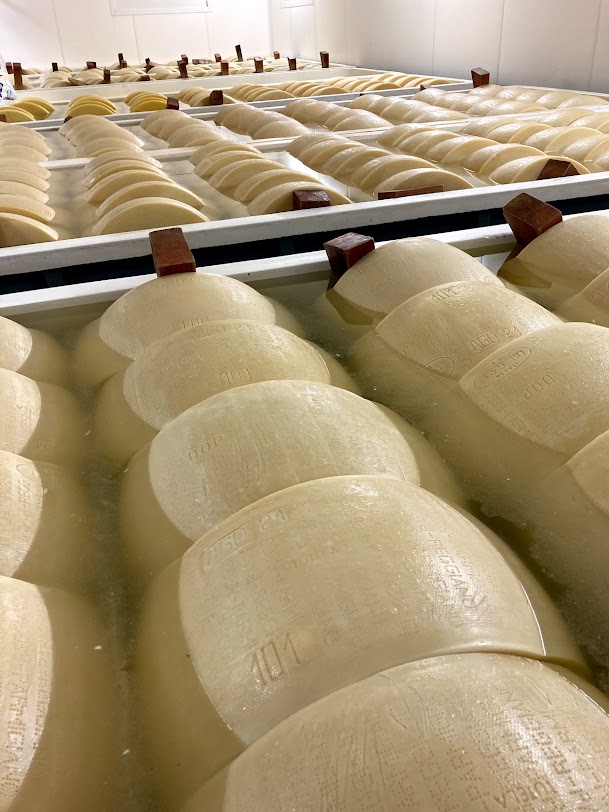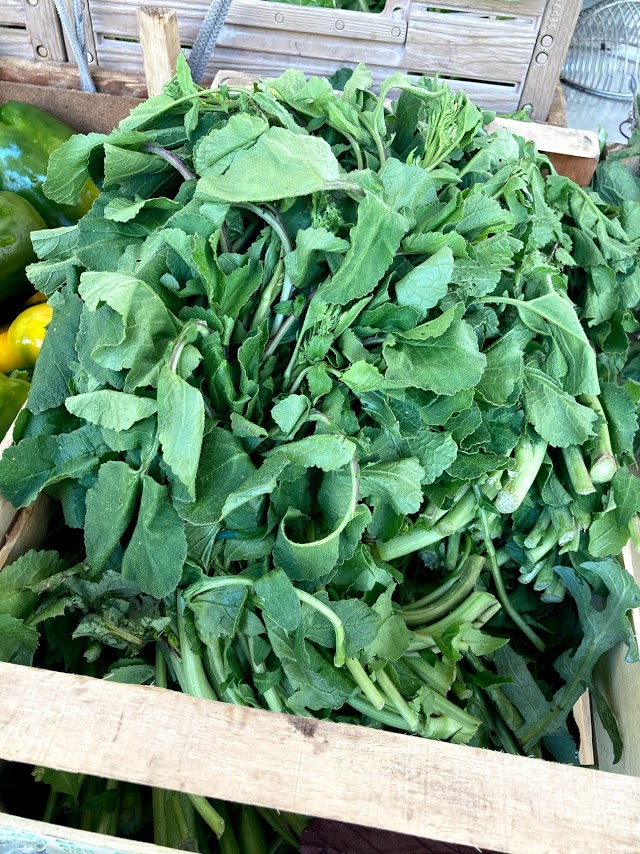
Supposedly George Washington sent produce from Mount Vernon to be sold at the Alexandria Farmers Market (I presume the “Old” came in later). The Old Town Alexandria Farmers Market has been on the same spot since 1753. Yes, you read that right. There is very little in the USA that has that sort of age (insert pun here).


A friend told me about this market and I had “been” many times when talking with her while she was walking there. But I finally went.


At first I was a bit so so about it because it seemed more like just a bunch of tents set up. But then I became alright with that. Not every market can be alleyways in a souk. This market was sunny and cool on this crisp fall day.


Lots of people selling all kinds of things from fresh milk, apples, pies, pastries, artwork, coffee, chocolate, dumplings, cider, vegetables, hummus, and veg-forward food (vegetarian).


I had read about the breakfast sausage sandwich from Hog Heaven. I stood in line for 30 minutes for my breakfast sandwich. It was good but not something I would stand in line for again. I guess I wish that all breakfast sandwiches were so good that a sandwich like that was the norm.

On the other hand, Coulter Farms is my new crush. Their fresh milk is so creamy and delicious that I drank a gallon (3.75 liters) in two days. They also sell cheese, yogurt, kefir, chocolate milk, chilli, meat, and granola. But, it’s about the milk. I ask them if they made cream and clotted cream and was told, “Only when there is leftover milk.” Well, I can see why there isn’t. I would drink it all.

I reached out to Coulter Farms to see if we could visit their farm in Pennsylvania. Eeeek! I got a friendly email from Ma Coulter saying that they will be opening a B&B soon. So excited!

Anyway, the Old Town Alexandria Farmers market is open every Saturday, rain, shine, hot, warm, freezing, from 7-12 noon. Yes, even in the winter. Get there early.





































